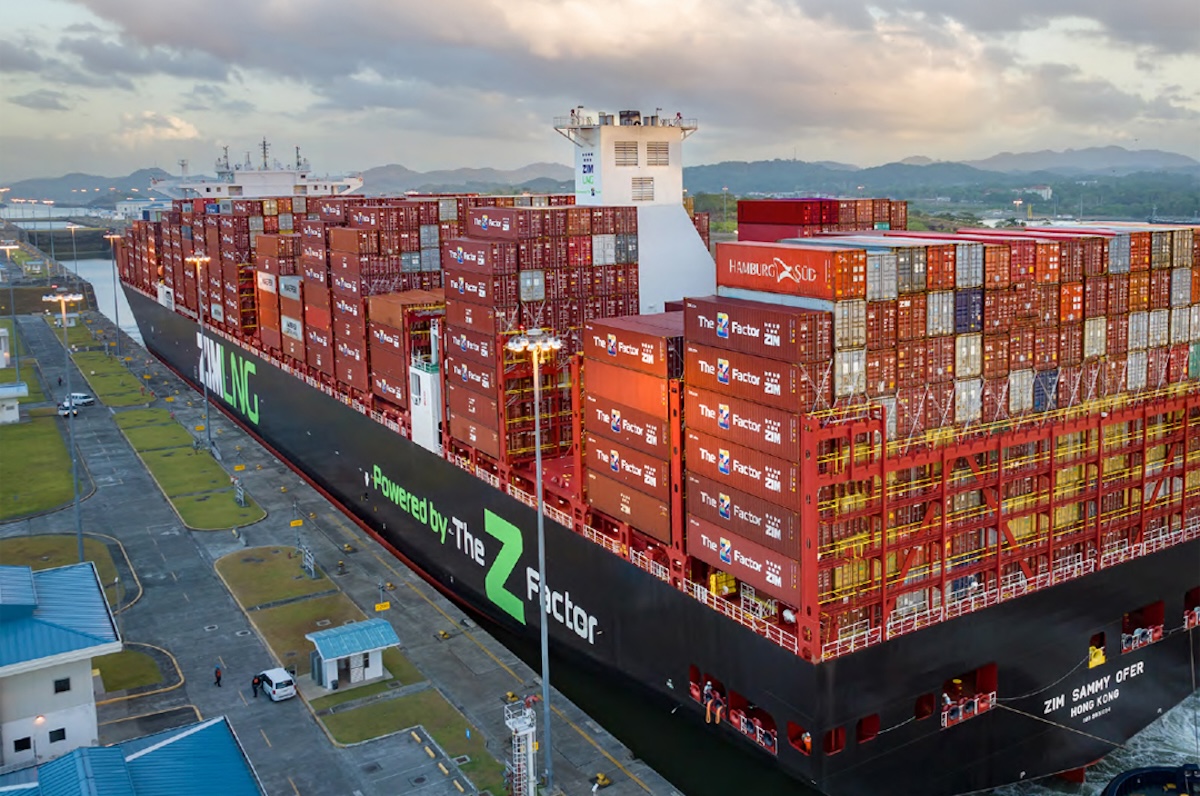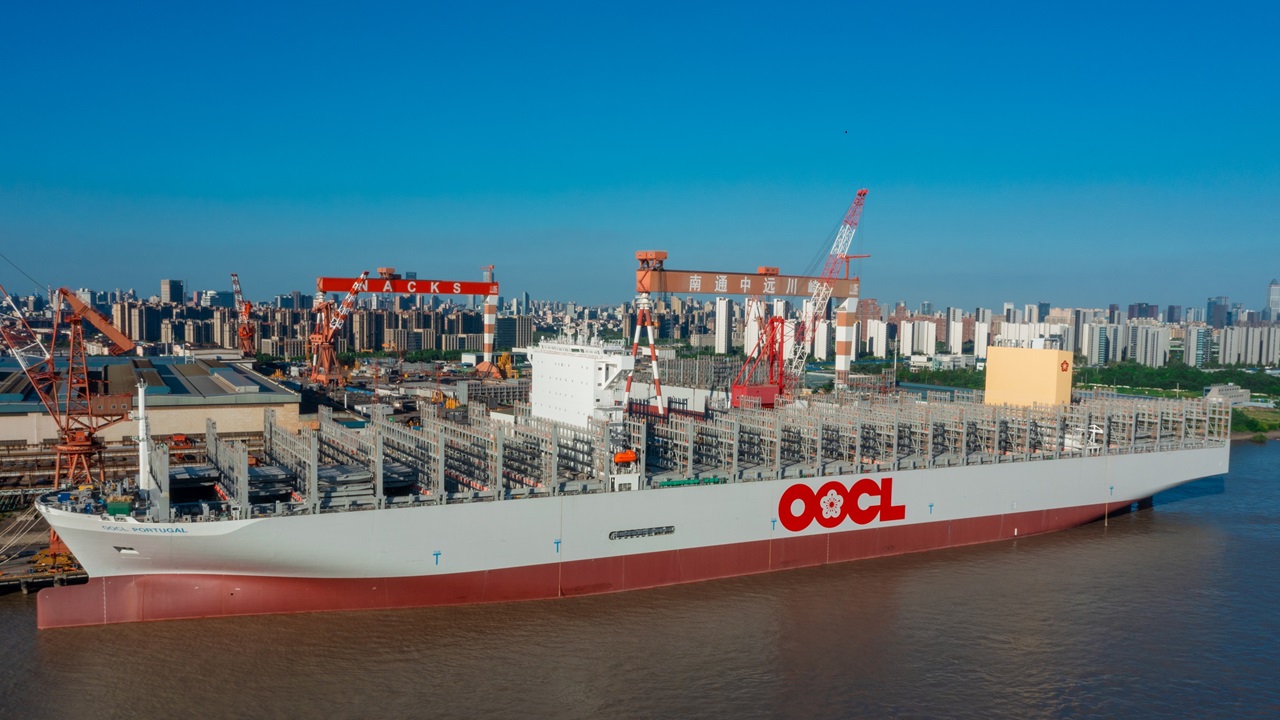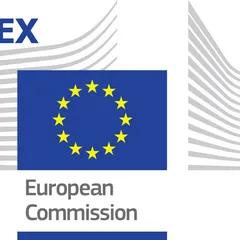CARRIERS REROUTE FLEETS TO SIDESTEP US LEVY
Global shipping is realigning fleets in anticipation of October’s extra port fees to be levied by the US on China-linked tonnage.

Global shipping is realigning fleets in anticipation of October’s extra port fees to be levied by the US on China-linked tonnage.
This is already being reflected in chartering decisions for transatlantic tanker and dry bulk fixtures with Chinese-built tonnage shifting to other parts of the globe.
In the container sector, global liners are moving their vessels around in order not to be stung come this autumn’s new American penalties.
Asian container consultants Linerlytica are reporting the Premier Alliance – made up of HMM, ONE and Yang Ming -will split its current Mediterranean Pacific South 2 (MS2) into two separate services covering the Asia-Med Mediterranean 2 (MD2) service and the Middle East Gulf-US Gulf Pacific South 2 (GS2) service. The move will allow ONE to remove 10 China-built ships currently deployed on the MS2 service from the US.
Orient Overseas (International) Ltd (OOIL), the listed entity of Hong Kong container line OOCL, conceded last week that October’s likely introduction of extra port fees for Chinese-linked tonnage could be painful.
OOCL, owned by China’s COSCO, noted in a release that the potential extra port charges levied by the US on Chinese carriers will have a “relatively large impact”.
In April, the US Trade Representative detailed plans to start charging China-linked tonnage calling at US ports from the October 14 this year, in a bid to both curb China’s dominance in the field of shipbuilding as well as boost domestic shipyard capabilities.
Both OOCL and parent COSCO, part of the Ocean Alliance, have already started taking action – launching transpacific services, for instance, that avoid the US and make for Mexico instead.
Maersk has publicly stated it will look to avoid putting any Chinese-built ships onto the US trade, something it expects its competitors to follow suit.
US Customs & Border Protection (CBP) has been designated to collect the new fee regime targeting China-linked vessels, as authorised by a US Trade Representative ruling. The rules are structured for rollout starting October14, 2025, and will apply to both Chinese-owned/operators and Chinese-built ships, with non-payment potentially blocking cargo operations and port clearance via imminent operational bans.
Under the finalised policy, Chinese-owned or operated vessels will be charged starting at $50 per net ton, escalating to $140 per ton by April 2028. Non-Chinese operators of Chinese-built ships face lower fees—starting at $18 per ton or $120 per container, rising to $33 per ton or $250 per container, whichever yields more.
The fees are assessed on a per-voyage (or rotation) basis, capped at five chargeable port rotations per vessel per year, and apply only at the first port of call. Exemptions are granted for short-sea shipping, vessels under size thresholds, US-owned ships, ballast voyages, and specialised export carriers.
CBP has confirmed that a new Pay.gov payment portal is under development for remittances. Failure to pay the charged service fee will risk operational denial—from offloading cargo to port entry and exit clearance.
This implementation follows industry feedback and revisions to earlier April proposals that had envisaged multi-million-dollar flat fees per call on Chinese-built vessels. A scaled-back tiered structure emerged after objections over feasibility and trade impact.
Supporters of the controversial ruling argue the measure helps counter Chinese dominance in global shipping, elevate US maritime security, and fuel domestic shipbuilding. Critics—including the World Shipping Council and major car-makers—warn it could raise consumer prices and shrink trade volumes at smaller US ports.
Sam Chambers








